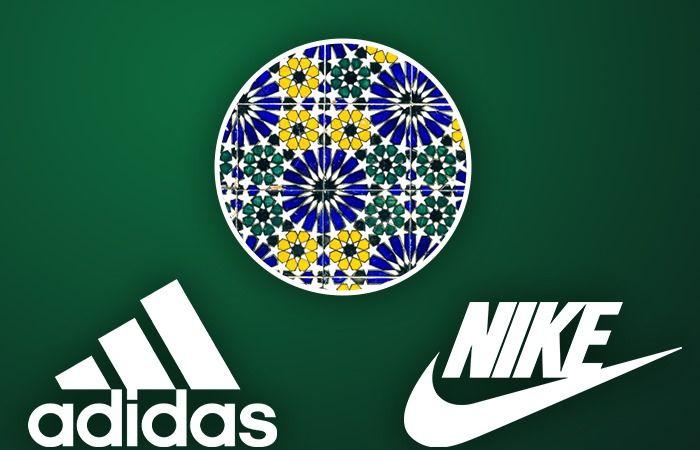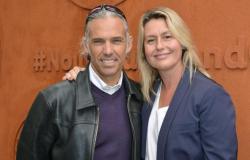Moroccan zellige, an ancient ceramic mosaic art, has become the subject of an intense trade war between global sportswear giants Nike and Adidas. The conflict highlights not only the intricacies of cultural ownership, but also the global strategies of brands seeking to capitalize on regional heritage to appeal to an increasingly diverse and demanding clientele.
It all started two years ago, when Adidas, the German brand celebrated for its innovations in the world of sport, caused a heated controversy by unveiling a collection of jerseys for the Algerian national team. These jerseys featured zellige patterns, a traditional Moroccan art, adorned with colorful and geometric tiles characteristic of this craft. Adidas’ initiative immediately sparked outrage among many Moroccans, proud guardians of this invaluable heritage.
In response to the controversy, Adidas issued a public apology, implicitly acknowledging its mistake. The brand then removed the offending jerseys from its stores around the world, emphasizing its respect for Moroccan culture and traditions. This gesture of retraction was seen by many as a tacit recognition of the uniqueness of Moroccan zellige, but also opened up an opportunity for other economic players.
Nike, Adidas’ main competitor, seems to have seized this opportunity with a skill worthy of the greatest business strategists. The American brand recently launched the Nike Jordan Air Ship SP, a shoe that pays homage to Moroccan zellige. On its website, Nike specifies that this sneaker is decorated with “decorative tiles, inspired by traditional zellige, handmade in Morocco.” With this initiative, Nike is not only seeking to avoid the mistakes of its rival, but also to align itself with respect for local cultures and traditions, while celebrating the richness of Moroccan craftsmanship.
Dating back to medieval Moroccan dynasties, zellige is a distinctive ceramic art characterized by its intricate geometric patterns and vibrant colors. It is traditionally used to embellish Moroccan palaces, mosques, fountains, and homes, a testament to the artistic genius and rigor of the artisans involved. Its manufacture, a long and complex process, requires exceptional dexterity and expertise that few regions can boast.
The marketing of zellige-inspired products by these two sports equipment giants has reignited the debate on cultural property and respect for local traditions. Morocco, the country of origin of this art, is thus at the heart of discussions on cultural rights and the commercial exploitation of its artistic heritage. Heritage experts believe that it is essential that these companies recognize and respect the cultural origins of the patterns and designs they use, possibly contributing to the preservation and promotion of these traditions.
As intellectual property and cultural issues become increasingly pressing, this conflict between Nike and Adidas could well be the prelude to a series of revisions of the marketing strategies of the big brands. It seems certain that these companies, in their quest for profits and innovation, take into account the cultural sensitivities of the regions from which they draw inspiration.






